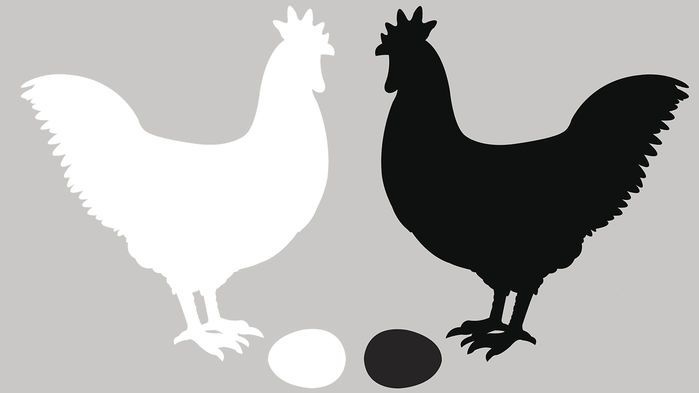Quantum mechanics already torpedoes our notion that an object can be in only one place at a time. Thanks to the weirdness of quantum mechanics, a tiny particle like an electron can be in multiple places at once. The quantum switch achieves something similar for two events, A and B, showing that A can occur before B and B can occur before A.
“I’m very excited to see people realizing our idea with an actual experiment,” says Giulio Chiribella of the University of Oxford in the United Kingdom, one of the theorists who in 2009 first proposed the concept.
To demonstrate the effect, Andrew White, a physicist at The University of Queensland in Brisbane, Australia, and his colleagues shot photons through an apparatus called an interferometer in which two paths diverge and rejoin. A photon is both a particle and an electromagnetic wave that can be polarized to wriggle horizontally or vertically. The researchers set their rig so that if the photon is vertically polarized, it will first take the rig’s left path and then, racing back and entering the apparatus through a different “port,” take the right path. If the photon is horizontally polarized, it will take the right path and then the left.
But quantum mechanics allows the photon to be polarized both ways at once, making it diagonally polarized. When a diagonally polarized photon enters the apparatus, the quantum wave describing it splits into vertically polarized and horizontally polarized parts, and the photon takes both paths at once before the waves merge again at the exit of the apparatus. When the photon repeats the trip, it again takes both paths, although either part of the photon’s quantum wave takes each path only once. It is thus impossible to say in which order the photon has taken the path.
The tricky part is proving what’s going on inside the experiment. Physicists can’t just insert detectors that will reveal where in the maze the photon may be. Thanks again to quantum weirdness, such a definitive measurement would “collapse” the photon’s delicate two-paths-at-once condition and ruin the experiment. Instead, the physicists must find some more gentle way to imprint on the photon some trace that it went down a particular path.
To do that, they take advantage of the fact that in addition to a polarization, each pulse of light has a shape or spatial distribution. The experimenters can gently change that shape by putting lenses and other optical elements in each path to fiddle with the passing photon. Those changes are the actual “events” in the experiment, and depending on which of a small set of changes the physicists perform along each path, the polarization of the photon can flip from one diagonal direction to the other, as the two halves of its quantum wave recombine. That subtle connection is the key to the experiment.
Over many trials, the physicists implement different combinations of shape changes in the two paths, like choosing among a handful of setting for two different knobs. If each photon definitely takes one path or the other first, the correlations between the knob setting and the photon’s final polarization must obey certain limits. However, if both take both paths first, the correlations will exceed those limits, which is exactly what the physicists observe in a paper in press at Physical Review Letters.
As it stands, the experimenters chose the operations in the two paths independently. However, in principle the experiment shows that quantum mechanics allows for the possibility that the two processes could trigger each other, says Cyril Branciard, a physicist at the NÉEL Institute in Grenoble, France, who worked on the experiment. “One may have situations where some event A causes another event B, while at the same time B causes A.”
In 2015, physicists at the University of Vienna performed a similar experiment. However, the new experiment overcomes technical limitations in the first experiment and may be easier to scale up for practical applications, says Caslav Brukner, a theorist at the University of Vienna, who worked on the previous experiment.
The quantum switch could have applications in budding technologies that, for example, manipulate and transmit information encoded in the quantum states of individual photons and other quantum particles. Such devices must pass particles through quantum channels, such as optical fibers, that invariably suffer from noise. But even if two such channels are too noisy to transmit quantum information, they could in principle be fashioned into a quantum switch to enable the information to flow, Moreno says. “You introduce indistinguishable order and suddenly you can communicate,” she says. “That’s pretty cool!”
Read the original article on sciencemag.org.
More about: Quantum
















































